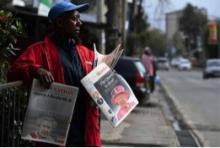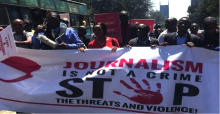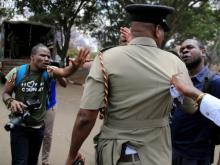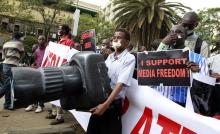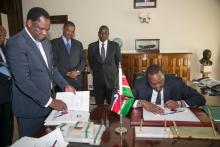Threats against journalists surfaced in the Kenyan presidential elections of 2022 despite strides the media had made to cover them in an objective, balanced and fair manner.
The electoral process was associated with various threats to press freedom. The presidential candidates included David Mwaure Waihiga of Agano Party, Prof. George Wajackoyah of the Roots Party, Raila Odinga of the Azimio coalition, and the eventual winner, William Ruto, of the United Democratic Alliance (UDA).
Unlike many African countries where state-owned media houses control the landscape, Kenya’s most influential media organisations are privately owned and this has significant implications for press freedom in the country.
The largest media organisations – Nation Media Group, Standard Media Group and Royal Media Services – own multiple newspapers and television and radio stations across the country, and their shareholders include powerful individuals and companies.
As one of the African countries with the highest foreign and local media presence and the most active and independent media council, Kenya has received great acclaim for a vibrant media environment compared to other nations on the continent.
The World Press Freedom Index prepared by Reporters Without Borders (RSF) ranked Kenya at 102 out of 180 countries in 2021, and in 2022, the position improved significantly, moving to 69 out of 180, the best ranked in East Africa.
The Freedom in the World Report 2023 ranks Kenya as “a partly free society," with an aggregated score for guaranteeing political rights and civil liberties at 52 percent – just above average.


